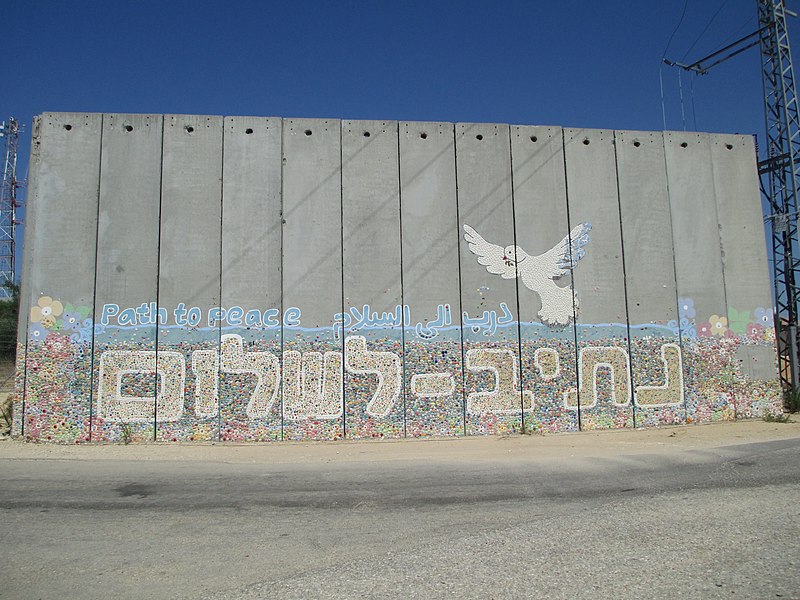Netiv Haasara is a moshav - a type of farming collective in Israel - and home to around 900 members. It is situated just 100 metres north of the Gaza Strip and is under the jurisdiction of the Ashkelon Regional Council.
Originally located in the Sinai peninsula, after Israel withdrew from the area in 1980 under the terms of the 1978 Camp David Peace Accord with Egypt, the moshav relocated to its current location in the Zikim dunes in the Western Negev.
In Hebrew, its name means ‘Path of the Ten’ and this is because Netiv Haasara was named after ten IDF soldiers who perished in a helicopter crash eleven years earlier. Its economy has its focus on agriculture and is known for its cherry tomatoes, eggplants and peppers as well as all kinds of flowers.
After Israel’s unilateral disengagement from the Gaza S\trip in the summer of 2005, Netiv Haasara became the target of missile attacks by Hamas militants. Katyusha and Qassam rockets, as well as mortar shells were fired at residents regularly, leading to three deaths.
An electric fence and concrete wall were also built in these years, to guard against infiltrations.
At just after 6am on 7th October, which was both the Jewish Shabbat and the festival of Sukkot, Hamas terrorists breached the fence separating Israel from Gaza. Arriving both by vehicle and air (via motorised paragliders) they made their way to Moshav Netiv Haasara.
Many of the residents were already sheltering in safe rooms, unaware of the invasion - rather they believed this was an incident concerning rockets being fired across the border from the Gaza Strip, a regular occurance, that would always set off ‘Code Red’ alarms in the moshav.
After the severity of the situation became clear, the ‘first line of defence’ security team of the moshav left their homes and safe rooms and went out to battle the militants. Three were subsequently killed. At a certain point, electricity failed which meant residents were left in their safe rooms without power.
Approximately six hours later, the Israeli Army arrived at the moshav. Unfortunately, at least 20 members of the community (some from the same family) had already been murdered.
Established by Tsameret Zamir, a member of the moshav, along the wall that divides Israel from Gaza is a mosaic entitled ‘Path to Peace’. Created in a joint effort by thousands of people, it can be seen from both sides of the wall and was designed to inspire hope and optimism.
All of the mosaic pieces were made by hand in workshops and the range of designs is wide - from hearts and flowers to butterflies and words that spell out ‘peace’, ‘hope’ and ‘love’.
In the centre of one slab you will see the image of a dove. This is a biblical sign from when Noah sent out a dove after the Great Flood and it returned with an olive branch in its hand. Noah then understood that dry land was near and the dove has since come to represent peace and prosperity.
Since October 7th, the area where the Peace Wall is situated has been closed to the public, due to the ongoing war and evolving military situation.
